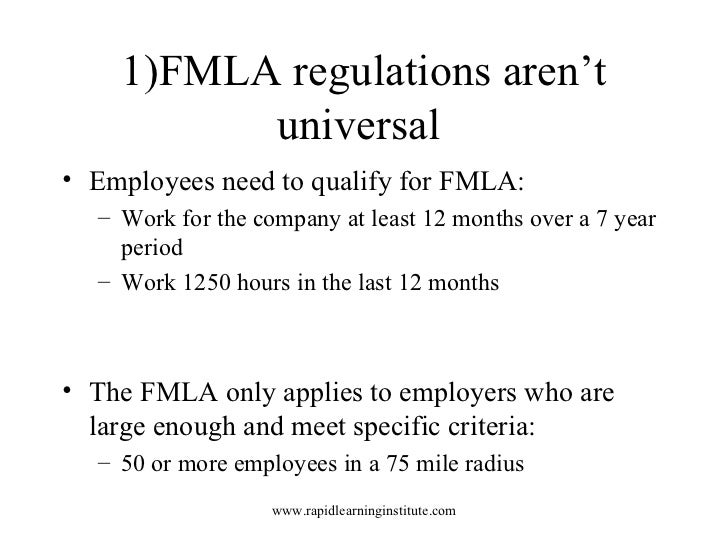5 Essential Facts About FMLA Paperwork Legality

Understanding FMLA Paperwork and Its Legal Implications

The Family and Medical Leave Act (FMLA) was introduced to ensure that employees can take up to 12 weeks of unpaid, job-protected leave for specific family and medical reasons without the fear of losing their job. However, navigating the complexities of FMLA paperwork can be daunting. Here are five essential facts about FMLA paperwork legality that every employee should know:
1. Eligibility for FMLA Leave

To qualify for FMLA leave, an employee must meet certain criteria:
- Work for a covered employer (50 or more employees in a 75-mile radius).
- Have worked for the employer for at least 12 months.
- Have at least 1,250 hours of service during the 12 months before taking leave.
When considering leave, an employee must fill out the necessary FMLA forms to establish their eligibility. These forms ensure that the leave taken is legally protected under the Act.
2. Documentation Requirements

FMLA requires detailed documentation to support the leave request:
- A Certification of Health Care Provider form, which must be completed by a medical professional detailing the serious health condition.
- Notice of Employee Rights, which outlines the rights and responsibilities of the employee under FMLA.
- Designation Notice, which tells the employee whether their leave will be protected under FMLA or not.
The employee must submit this paperwork within 15 calendar days, unless it’s not practicable under the circumstances. Employers have the right to request further information if the initial certification is incomplete or insufficient.
3. Employer’s Responsibilities

Employers have several duties regarding FMLA paperwork:
- Notify the employee of their FMLA eligibility within five business days.
- Inform the employee of the amount of leave counted against their FMLA entitlement.
- Maintain confidentiality of the medical certification.
Employers must ensure that the paperwork process is legally compliant, providing clear instructions and maintaining transparency throughout the process.
4. Consequences of Incorrect Paperwork Handling

Handling FMLA paperwork incorrectly can lead to:
- Legal action by employees against the employer for violation of rights under FMLA.
- Potential damages and reinstatement of the employee.
- Back pay or front pay for the leave period, if denied or improperly handled.
Understanding and correctly managing FMLA paperwork helps prevent these issues, ensuring a smooth leave process for all parties involved.
5. Appeals and Second Opinions

If there's a dispute about the certification:
- Employers can request a second or even a third opinion from different health care providers.
- The employee can appeal the employer's determination regarding their eligibility or the validity of their leave request.
Employers must manage these appeals with legal compliance, ensuring that the employee's rights are respected, and documentation is handled appropriately.
Understanding FMLA paperwork is crucial not only for employees needing time off for valid reasons but also for employers to ensure they are compliant with legal requirements. Here are some important notes to consider:
🔍 Note: Employees should keep copies of all FMLA paperwork submitted. Having a paper trail can be beneficial in case of disputes or legal action.
🔍 Note: Employers should maintain a clear and consistent FMLA policy to avoid misunderstandings or unintentional violations of FMLA regulations.
In summary, FMLA paperwork plays a pivotal role in safeguarding employee rights to take necessary leave without jeopardizing their employment. Employees must be aware of their eligibility, documentation requirements, and the appeals process. Employers, on the other hand, must ensure they handle this paperwork correctly to avoid legal repercussions. Both parties should strive for clarity, documentation, and compliance to make the FMLA process efficient and legally sound.
What happens if an employer denies FMLA leave?

+
If an employer denies FMLA leave improperly, they could be subject to legal action, reinstatement of the employee, and potentially owing back pay or other compensation.
Can an employer request medical records from an employee for FMLA?

+
Employers can request a medical certification but not the employee’s entire medical records. The certification should focus on the need for FMLA leave rather than comprehensive health information.
How long can an employee be on FMLA leave?

+
Eligible employees can take up to 12 weeks of unpaid leave in a 12-month period. However, there are special circumstances where up to 26 weeks can be granted for military caregiver leave.
What if an employee does not return from FMLA leave?

+
If an employee does not return after their FMLA leave, the employer might be able to recover the health insurance premiums paid during the leave, unless the employee’s reason for not returning is beyond their control (like a continuing serious health condition).